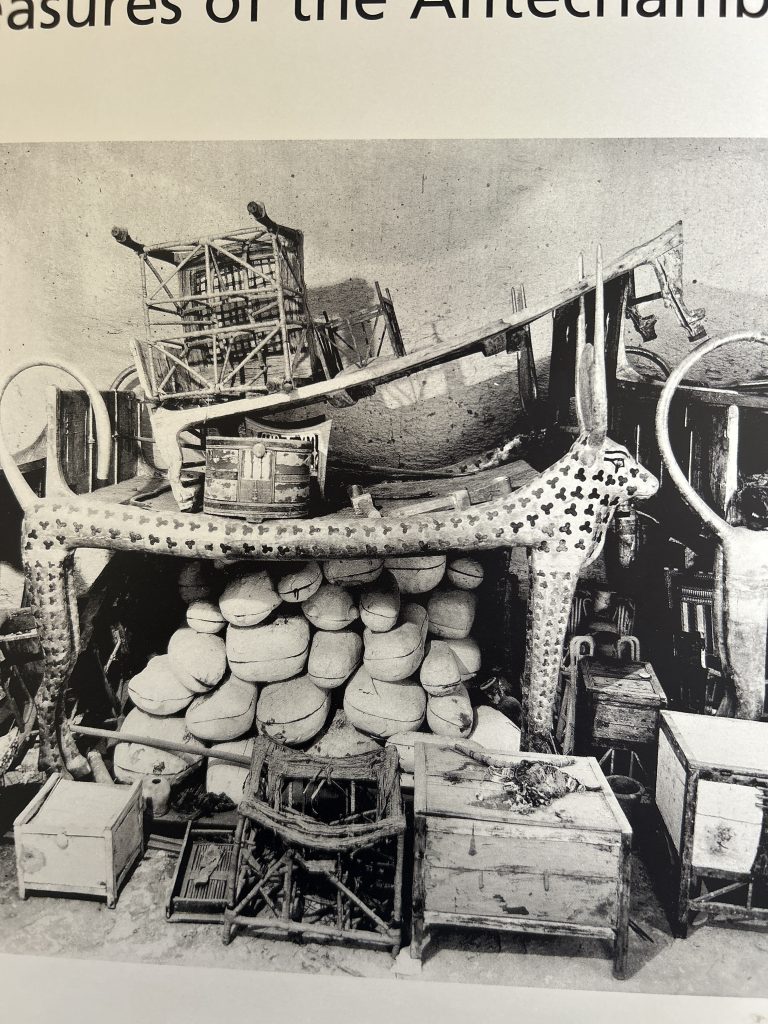Secrets of Tutankhamen tomb in the valley of the kings
King Tutankhamun’s tomb, discovered in 1922 by archaeologist Howard Carter in the Valley of the Kings near Luxor, Egypt, is one of the most famous archaeological finds in history. Here are a few incredible facts about the tomb:
1. Intact Discovery: The tomb (KV62) is renowned for being one of the most intact royal tombs ever found in the Valley of the Kings. Unlike many other tombs that had been looted, King Tut’s tomb contained a wealth of artifacts and treasures, providing invaluable insights into ancient Egyptian burial practices and daily life.
2. Rich Artifacts: Over 5,000 items were found within the tomb, including gold jewelry, chariots, weapons, and furniture. The most famous item is the gold funerary mask of Tutankhamun, which is made of gold and inlaid with lapis lazuli, quartz, and other materials, showcasing the incredible craftsmanship of ancient artisans.
3. Symbolism of the Tomb: The tomb’s layout and decorations were rich in symbolism, reflecting the beliefs of the ancient Egyptians regarding the afterlife. The walls were adorned with intricate frescoes depicting scenes from the Book of the Dead, which were intended to guide and protect the young pharaoh in the afterlife.
4. Young Pharaoh: Tutankhamun ascended to the throne at a very young age, around 9 years old, and ruled for about 10 years before his untimely death at approximately 19. His tomb is particularly significant because it provides a glimpse into the life of a pharaoh who was not yet fully formed as a ruler.
5. Curse of the Pharaohs: The discovery of the tomb sparked widespread interest and speculation, including tales of a “curse” that befell those who entered it. Some of the individuals associated with the tomb’s discovery, including Lord Carnarvon, the financial backer of the expedition, died under mysterious circumstances, fueling rumors and legends about a curse.
6. Historical Importance: The tomb of Tutankhamun has provided historians and archaeologists with critical information about the 18th Dynasty of Egypt, a period known for its wealth, power, and cultural achievements. It has also helped to illuminate the religious practices and beliefs of ancient Egyptians.
7. Preservation and Tourism: The tomb has undergone significant preservation efforts since its discovery, and it remains one of the most visited archaeological sites in Egypt. The treasures from the tomb are housed in the Egyptian Museum in Cairo, attracting millions of tourists each year.These facts highlight the significance of King Tutankhamun’s tomb in understanding ancient Egyptian civilization and its enduring legacy in modern culture.
Discover more from Egypt Female Tour Guide
Subscribe to get the latest posts sent to your email.















